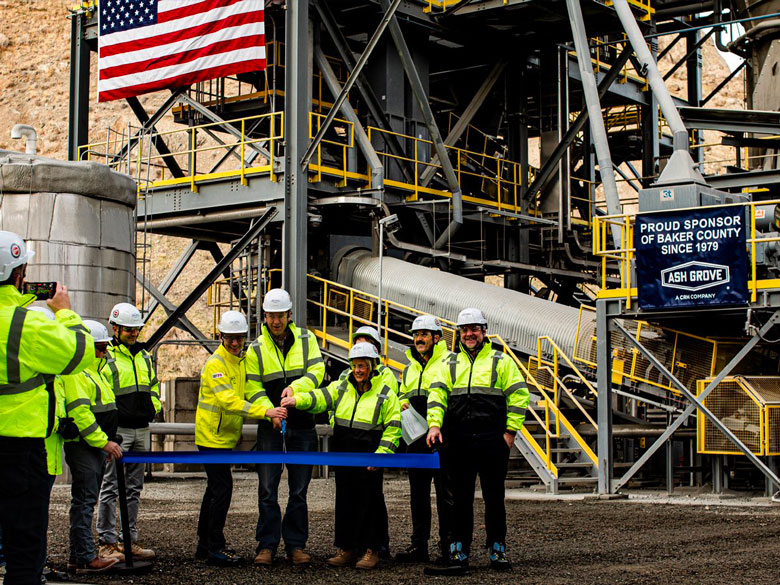Lafarge Canada is commencing the next phase of a project to replace about 10 percent of the coal and coke the company uses with low-carbon alternatives, reported the Kingston Whig-Standard. In conjunction with Queen’s University researchers, the second phase of testing will look at the use of household goods, non-recyclable packaging, textiles, carpet, and disposable cups and lids, including beverage pods. The first phase involved using railway ties, telephone poles, construction and demolition debris, shingles, paper sludge and coated cardboard.
“It’s all part of a retooling of the cement industry,” said Robert Cumming, environmental director for Lafarge Canada. “We’ve been using fossil fuels for 100 years. We know how to use coal and coke. This is all new and it has been a more challenging process than we could have imagined at the beginning two years ago.”
In 2013, Lafarge received nearly $2.7 million in federal ecoENERGY Innovation Initiative funding as part of an $8 million project to research the use of waste materials to replace the coal and coke used to fuel cement kilns. According to Lafarge, the Canadian cement industry emits about 3.8 percent of the country’s carbon dioxide emissions; between 30 and 40 percent of those are due to fossil fuel use.
“All the fuel types we’ve been looking at, to be honest with you, have been used elsewhere, whether it is shingles or construction and demolition debris or, more recently, non-recyclable packaging,” Cumming said. “What has not been done is the degree of analysis, before and after emission testing with a statistical analysis to look for effects.”
Lafarge’s push to find lower-carbon fuels is, in part, motivated by Ontario’s plan to introduce a cap and trade system for emissions next year. “Ontario just announced its cap and trade legislation this year, but Lafarge has been active in reducing its use of fossil fuels for many years,” Tyson Champagne, executive director of SWITCH Ontario, said in a statement. “This is a big deal because the cement sector represents around five percent of the world’s CO2 emissions.”
Champagne also noted that using local waste material that would have ended up in a landfill to replace fossil fuels is “the epitome of a win-win situation for our region.”



